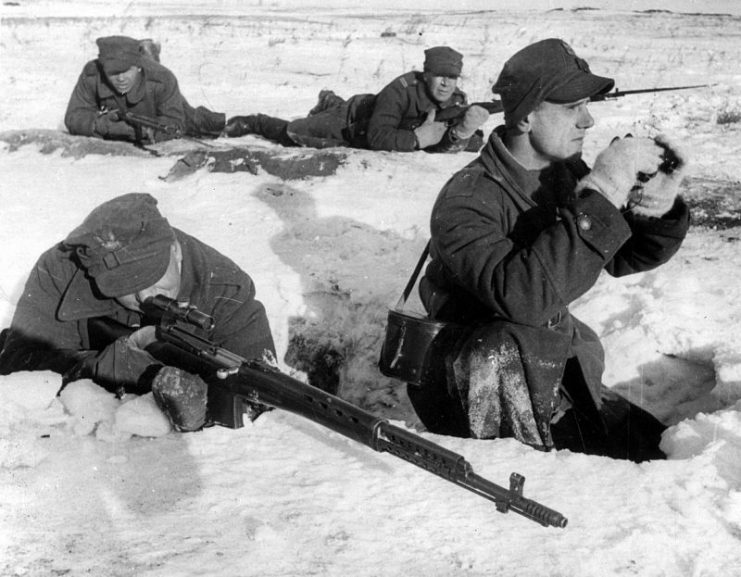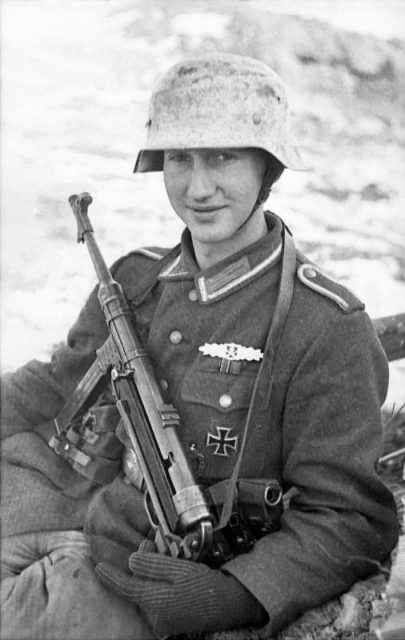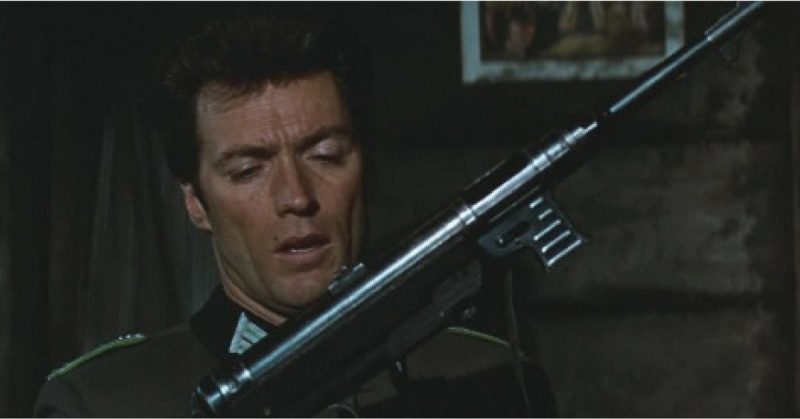During a Police Amnesty Day in Somerset, Britain a man handed in a submachine gun. It turns out the weapon was a prop used by Clint Eastwood in the movie “Where Eagles Dare.”
An unidentified man, who claimed to work in the film industry, dropped the MP40 submachine gun off at Bridgwater Police Station. He told the officers that the prop had been used by Eastwood in the movie when he was disguised as a Nazi soldier, infiltrating a German fortress in the Alps.
Richard Vise is an Evidential Property and Stores Manager. He said that the police have since confirmed that the prop is definitely the one used by Eastwood in the movie. Most weapons received by the police during an amnesty are usually destroyed. Interesting weapons, including the prop, will be sent to the Royal Armouries Museum in Leeds.
Other weapons collected during the amnesty included a Colt .45, a Walther P38, and a Russian semi-automatic Tokarev. The police recovered a total of 220 weapons during the amnesty period, which ran from November 13 to November 26.
The Wehrmacht MP40 submachine gun figures prominently in the movie. Most of the broadsword operators and most of the German soldiers guarding the Schloss Adler use that weapon. At one point, Eastwood brandishes two MP40s to fight off charging German troops.

“Where Eagles Dare” starred Richard Burton, Clint Eastwood, and Mary Ure. The movie was released in 1968 and was directed by Brian G. Hutton. The screenplay was written by Alistair MacLean, based on his book.
In the film, the three stars play Allied commandos who infiltrate a German fortress in the Alps to rescue an American general. They soon learn that there is more to the mission than meets the eye.
The movie was nominated for a Saturn Award and a Golden Laurel (the latter for Eastwood’s performance). It won the Huabiao Film Award for Outstanding Translated Foreign Film.
Filmed on an estimated $7,700,000 budget, the 158-minute film grossed $21,000,000.
Eastwood’s break in the film industry was his starring role as the Man With No Name, in Sergio Leone’s trilogy of spaghetti westerns. He went on to star in the Dirty Harry films. He won his first Academy Award in 1992 for Unforgiven. In the 2000s, he began directing a string of award-winning films.

The MP40 (Maschinenpistole 40) was a highly influential weapon. Before the MP40, submachine gun components were made from heavy milled-steel and had bulky wooden stocks similar to those used on carbines. The MP40 on the other hand used aluminum, plastic and stamped sheet metal. According to Thomas Nelson in “The World’s Machine Guns,” almost every country that made submachine guns, copied the MP40 after its release.
The German army pioneered the submachine gun at the end of WWI. Known as a “trench broom,” it was an effective weapon for the trench warfare of the time. German soldiers improvised the weapons from long-barreled artillery Lugers with shoulder stocks and all the 32-round “snail drum” magazines they could get their hands on.
The Germans were the first to send submachine guns to the front lines in significant numbers when they began manufacturing the 9mm Luger MP18/I.
When Adolf Hitler began building the German military back up in the 1930s, he made it a priority to produce tanks and also small arms for the troops accompanying them. He looked to Erma, one of the only manufacturers in the world devoted to submachine guns.
Erma developed a submachine gun that not only worked in the small confines of a tank but was also light enough for paratroopers, effective enough for close fighting in trenches and urban settings and could be easily mass-produced to supply the growing Nazi army.
